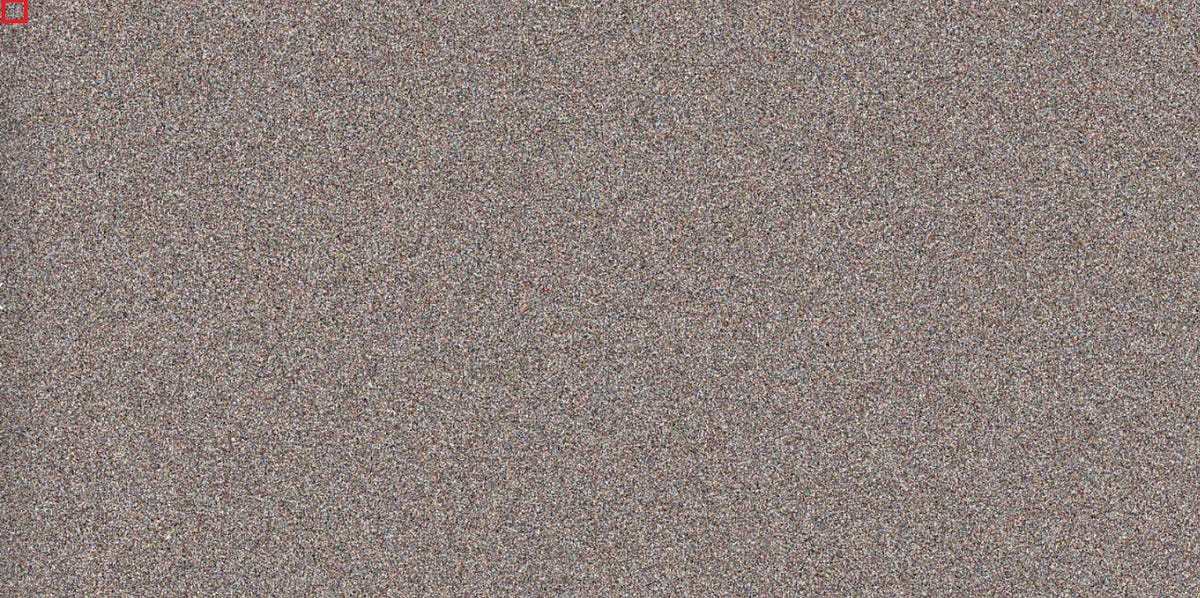






The 3D doughnut model was designed in Blender and animated using the mosh tool.







Numbers are useful for doing a lot of things financial reports, population census, we invented numbers to take care of thinking in the abstract. But they’re just that — abstract, if I asked you to picture a 10 users online that’s pretty trivial, but what about a hundred ? a thousand ? how about a million ? at some point it becomes just a number, a statistic. This artwork represents a snapshot (a tiny one at that) of legit people (I took care to remove bot accounts), whenever you zoom into this artwork, you could think — the person behind this picture are they alive or dead ? How did 2020 work out for them ? Behind that anime cat girl profile is a person with a life as complicated as yours and mine. It’s about giving a face to the statistics.
The full image weighs about 450MB and has 55850x28100 dimensions. That’s big — about 600,000 netizens in a single image. In comparison back in 2019 the Hubble telescope over a period of 16 years constructed a picture containing 265,000 galaxies; this picture has a resolution of 25500×25500



Process:
A Node.js script crawls twitter for 6 million profile pictures. These where de-duplicated to about 600k profile pictures and stored on a Redis instance. Next a Python script obtains the color profile
This collages are created by arranging about half a million Twitter profiles to form an image.
Process:
A Node.js script crawls twitter for 6 million profile pictures. These where de-duplicated to about 600k profile pictures and stored on a Redis instance. Next a Python script obtains the color profile of each profile picture. Each pixel of the original image is assigned a profile picture based on their color profile. Generating each collage takes between 2 minutes to 18 hours depending on its size and complexity.









Created using Processing, done by mapping opacity values of a host image to a grid of random ascii characters.



